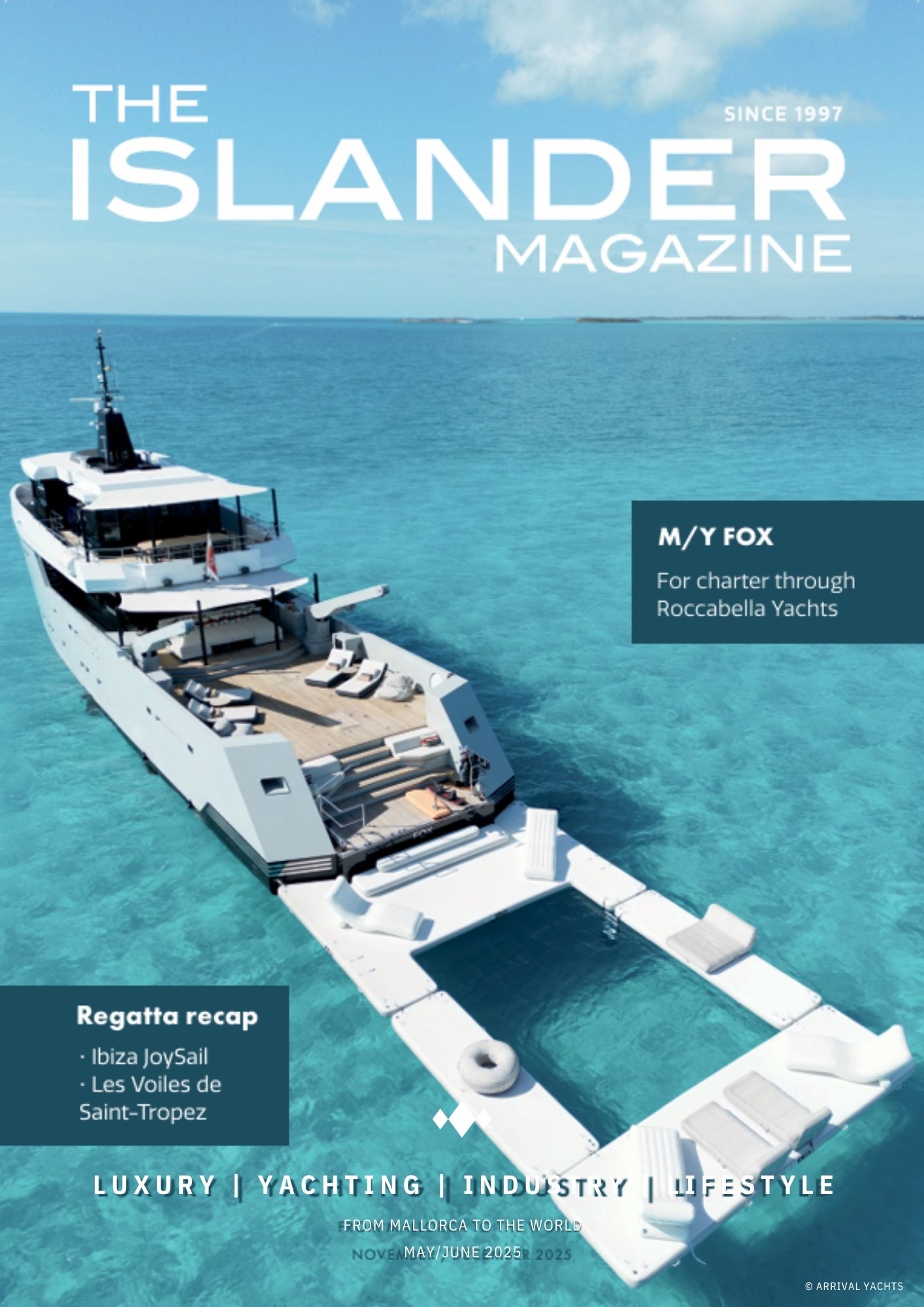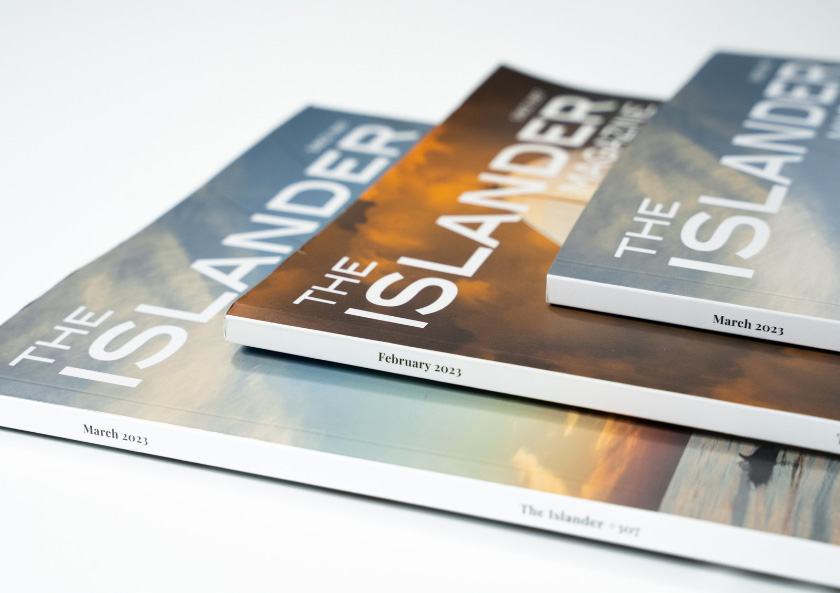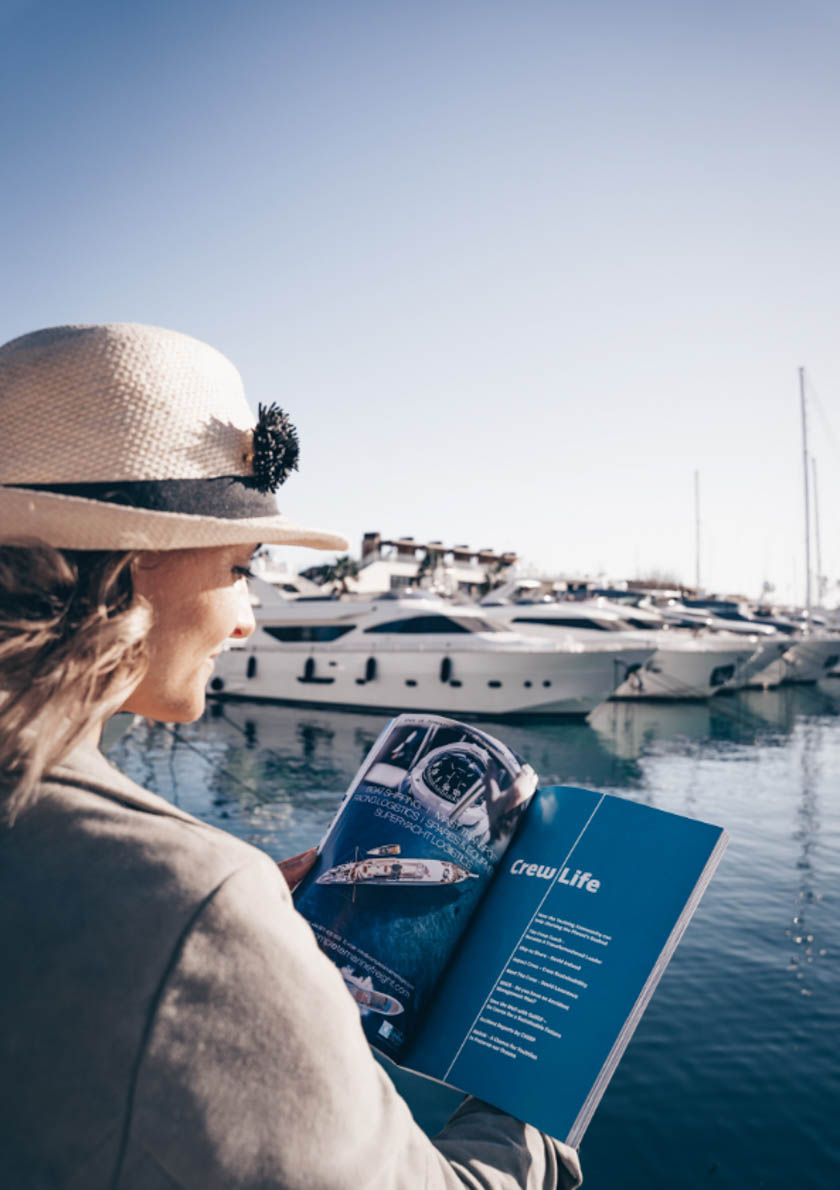The lights suddenly went out for some colour deficient seafarers. On 24 April, the UK MCA sent out revisions to the guidance for their Approved Doctors who are responsible for applying the guidelines for seafarer fitness certification (ENG1 certificates), and it looks likely to impact the yachting industry deck applicants in particular.
These new ENG1 colour vision restrictions could have long-term consequences for those aspiring to work as deck crew on yachts.
Background to the rule change
This is because the current restrictions have been causing problems in the yachting industry for MCA Surveyors and the MCA Training and Certification Team. The new restrictions have been agreed with Capt Roger Towner, the MCA Chief Examiner and Registrar General.
Impact on experienced deck crew
In the past, it has been possible to issue a restricted ENG1 to an experienced, but colour deficient, deck applicant indicating “no solo lookout duties”. This restriction has been accommodated on yachts with multi-tasking crew. Historically, it was introduced to avoid sabotaging established careers.
This restriction can still be applied under the new revisions, but colour deficiency now blocks a UK MCA STCW Certificate of Competency, although an RYA commercial endorsement is a possibility. Therefore, the restriction is to be discontinued for large yachts (over 24 metres) and for any Merchant Navy seafarers.
The only exception is for those already working under the “no solo lookout duties” restriction, to minimise disruption during the transition period. The revised wording is: “No solo lookout duties, employer/ship owner to conduct risk assessment.” The ENG1 should indicate that they are not fit for lookout duties, though they may be considered fit when this restriction is respected.
Career counselling and long-term implications
Given the impossibility of a future CoC, experienced but colour deficient seafarers are to be counselled by the assessing doctor. They should be advised on alternative career paths, such as engineering or working on yachts under 24 metres. The revised restriction allows continued work, but without the prospect of ever qualifying for a UK CoC.
The position for new deck applicants
The situation for new deck applicants is clear: they cannot be certified as fit in the deck category if colour deficient. They must be declared permanently unfit (ENG3) unless they pursue an alternative career path such as engineering.
The ENG1 colour vision restrictions now make it impossible for colour deficient deck candidates to pursue a long-term future in navigation roles.
In the past, some first-time deck applicants worked with an ENG1 marked “not fit for lookout duties”, but under the new policy, this is no longer an acceptable compromise. For casual crew, the impact may be limited, but serious candidates for officer positions will be directly affected.
The lantern test – a permanent alternative
The one fixed point in these revisions is the continued availability of the MCA Lantern Test, conducted in the UK. This test simulates navigation light recognition and overrules the Ishihara Test if passed. It is valid for life.
Engineering: a viable alternative
Engineering may appeal to some, as lookout duties are not normally required. Supplementary colour matching tests exist for engineers:
-
Pass → unrestricted ENG1 (as engineer), but “not fit for lookout duties”
-
Fail → ENG1 marked “not fit for work with colour coded cables”
Final note
The overall aim of these revisions is to ensure that anyone who cannot perform safe navigational lookout duties is clearly made aware of the career limitations, while trying to avoid distress for those already employed under previous guidelines.























0 Comments